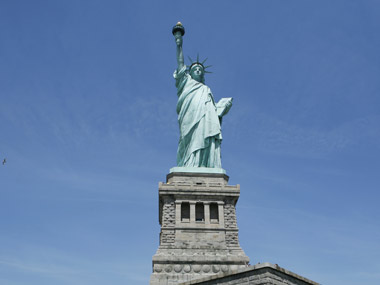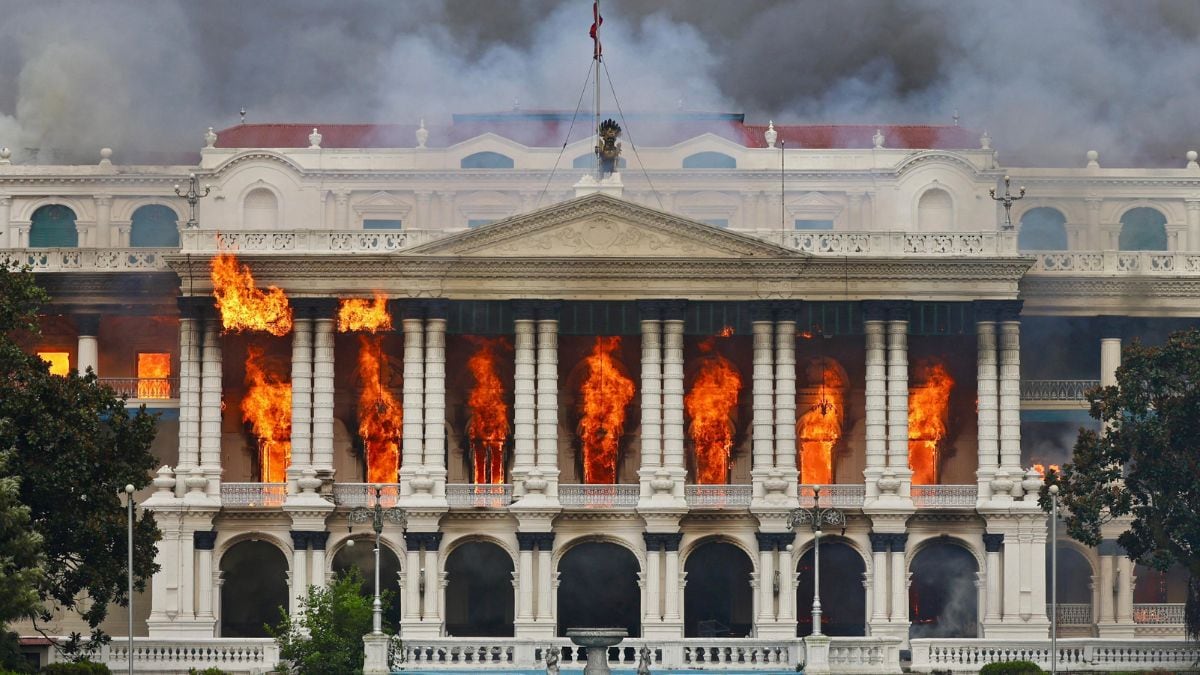New York: The State Department announced on Tuesday that it saw specialised H-1B work visas issuances in India increase 24 percent year-on-year between the US governments’ fiscal year 2010 and 2011.
The US government’s fiscal year extends from October through September and FY 2011 just ended on 30 September. Outsourcing giants from India’s $60 billion IT industry such as Wipro, Tata Consultancy Services and Infosys Technologies are heavy users of H-1B work visas, which are good for three years, but extendable to six.
Indian firms have complained bitterly this year about the US government being stingy about H-1B visas, but the statistics tell a different story.
[caption id=“attachment_117111” align=“alignleft” width=“380” caption=“India is by far the single largest beneficiary of H-1B visas. Reuters”]  [/caption]
“This marks a total increase from 54,111 issued in 2010 to 67,195 in 2011,” the US State Department said in a statement. “This 24% increase is tied to the highest ever H-1B application and issuance rates in the history of the US Mission to India, and illustrates the booming nature of US-India business relations.”
The US government noted: “India is the single largest beneficiary of H-1B visas by a wide margin: in the past four years, applicants in India have received more than twice as many H-1B visas as the four next-highest countries combined.”
Impact Shorts
More ShortsIndia also scooped the lion’s share of L-1 intra-company transfer visas, with the US mission in India issuing over 25,000 L-1s in FY 2011. This was 37 percent of US L-1 visa issuances worldwide.
India’s grouse
Some Indian companies are complaining that the US has significantly tightened its policy for granting work visas, asking for increased documentation and conducting tougher interviews than earlier. In September, Commerce and Industry Minister Anand Sharma raised the issue at the India-US CEO Forum, in Washington.
“Uptake of H-1B visas this year has been less than half of annual prescribed limit and the rejection rates have gone up,” Sharma told the forum.
With the US economy in the doldrums, there has been plenty of saber-rattling over H1-B visas. In August 2010, the US Senate passed a bill that hiked fees for the H-1B and L visa categories used by Indian tech workers. Indians were incensed by Senator Charles Schumer’s characterisation, during debate over the bill, of Indian businesses as “chop shops.” The term refers to a shady business where stolen cars are brought to be stripped and sold as parts.
“It was mean and disparaging of Senator Schumer to insult Indian companies,” said an Indian techie, whose firm’s policy doesn’t allow use of his name.
“We rely on the H-1B program to send personnel to the US to work on-site at major customers. It is part of our low-cost model in which we use engineers in India to do the actual software programming to implement projects. But we are not stealing from anyone. We help US companies save costs.”
US industry wants visa overhaul
New York Mayor Michael Bloomberg, who founded financial business service Bloomberg, recently slammed quotas limiting the number of H-1B work visas , as “arbitrary,” and “crazy.” He said the cumbersome process to secure visas for top foreign graduates and experts in the US contributed to “critical shortfalls” in the software industry as well as electronics, pharmaceuticals and aerospace.
The US caps H-1B skilled worker visas at 65,000 a year and often hits the maximum within months. An additional 20,000 visas are earmarked for immigrants who earn advanced academic degrees in the US.
US expanding consular facilities in India
The United States said on Tuesday that, all told, it issued over 490,000 non-immigrant visas to Indian tourists, students and businessmen in the last year, a 4.3 percent rise from the last financial year.
“Consular staffing has increased 60 percent in the past five years,” said the State Department release.
The US mission in India had recently invested $100 million in updating and expanding its consular facilities in Delhi, Mumbai, Chennai, Hyderabad and Kolkata. Thanks to local hiring, applicants can now choose to have their visa interview in languages like Bengali, Hindi, Gujarati, Urdu, Tamil and Telugu.
A bill has also been introduced in the US Congress, which would require visas to be processed in 12 days and authorise the use of videoconferencing to conduct visa interviews.


)

)
)
)
)
)
)
)
)



